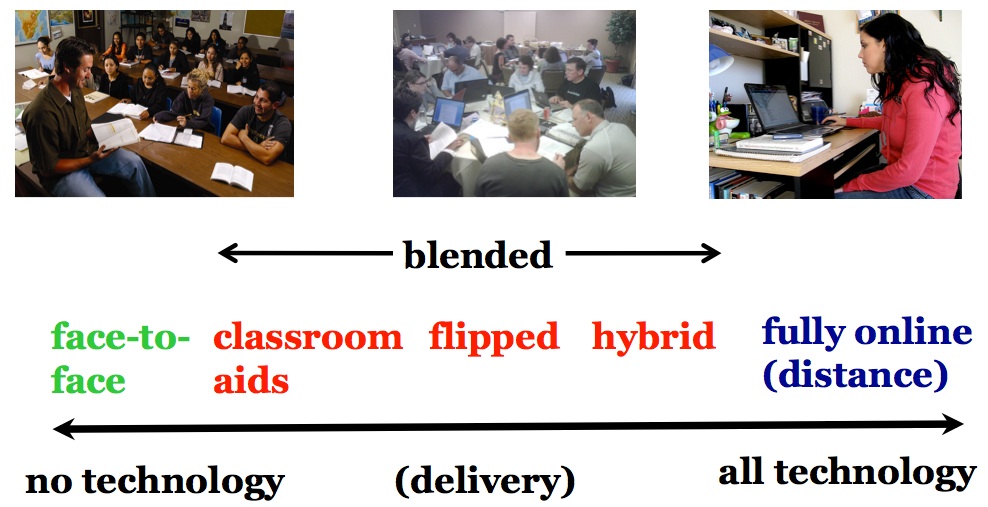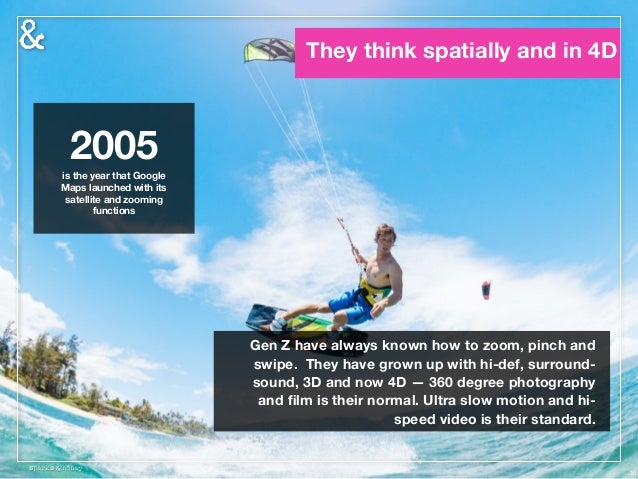when reorganization starts
reorganization done the old fashion way and reorganization done differently
Linda Hill: How to manage for collective creativity
so,
Digital Literacy for St. Cloud State University
reorganization done the old fashion way and reorganization done differently
so,
http://www.tonybates.ca/2015/02/21/10-key-takeaways-about-differences-between-classroom-blended-online-and-open-learning/
Tony Bates shares his thoughts on the difference

Chapter 10 of Tony Bates online open textbook, Teaching in a Digital Age:
More on F2F, blended/hybrid and online learning in this blog:
https://blog.stcloudstate.edu/ims/?s=blended
http://www.teachthought.com/trends/byod-is-shortest-path-to-student-centered-learning/
By allowing students to bring in their own devices for learning–rather than insisting that they learn both content and device in school–there is an important opportunity to connect with not just their personal lives, but their natural way of doing things.
Equity
While there are students who badly want technology and can’t afford even the $50, that doesn’t seem to be a strong argument against BYOD adoption, especially in light of what it costs—in time and money—to purchase, train, integrate, and maintain—state-funded, district-purchased, school-assigned devices. This is where schools, local organizations, and communities can step in.
Money and Learning
In the United States there can be a tendency to throw money at problems that are not fully understood. As a nation, America lags behind internationally, the “learning market” being one of the few markets proving evasive in lieu of continued effort, struggle, and spending.
More on BYOD in this blog:
https://blog.stcloudstate.edu/ims/?s=byod
http://www.teachthought.com/technology/11-sample-education-byot-policies-to-help-you-create-your-own
http://edtechreview.in/news/1735-plagiarism-in-college-how-to-avoid-the-trap

Another step ahead/afar from CMS?
Koondis works in traditional large introductory lecture classrooms, blended classes and fully online courses that often are filled with students enrolled from various disciplines who are required to be there for their majors.
Described as a “social homework system,” a “discussion forum that puts students in small groups” and even a replacement for the campus learning management system, Koondis is showing great promise as a pill for student satisfaction.
The idea is that Koondis eliminates the need for teachers to read all of the posts. The program even counts posts for the instructor for grading purposes, and alerts the faculty member to do follow-up when a student isn’t participating.
library approach to information literacy. or WHAT IS information literacy?
is it the 90-ish notion of standing up in front of bored class and lecturing them how important is to use the online databases, which the university subscribe for
52% of teens use YouTube or other Social Media sites for a typical research assignment in school:
slide 29 out of 56:
Infographic from:
Should information literacy be about digital literacy? Geo-spatial knowledge?

Should information literacy include videos? Games?
Should information literacy be multiliteracy? Transliteracy?
https://blog.stcloudstate.edu/ims/2014/11/27/scholarly-communication-and-information-literacy/
This is what Gen Z will expect from information literacy in particular, from library and education in general:
https://www.youtube.com/watch?feature=player_detailpage&v=h11u3vtcpaY#t=314
http://synaptogaming.com/2013/04/11/what-would-vygotsky-have-thought-of-play-station-4/
https://prezi.com/yactlqywndbo/piaget-vs-vygotsky/
http://hightechfriday.blogspot.com/2015/02/using-tech4learning-rubrics-with.html?m=1
More on rubrics in other IMS blog entries:
https://blog.stcloudstate.edu/ims/?s=rubrics
http://blogs.kqed.org/mindshift/2015/03/turned-off-how-teens-respond-to-a-no-tech-challenge/
https://www.pinterest.com/pin/470978073506744466/
